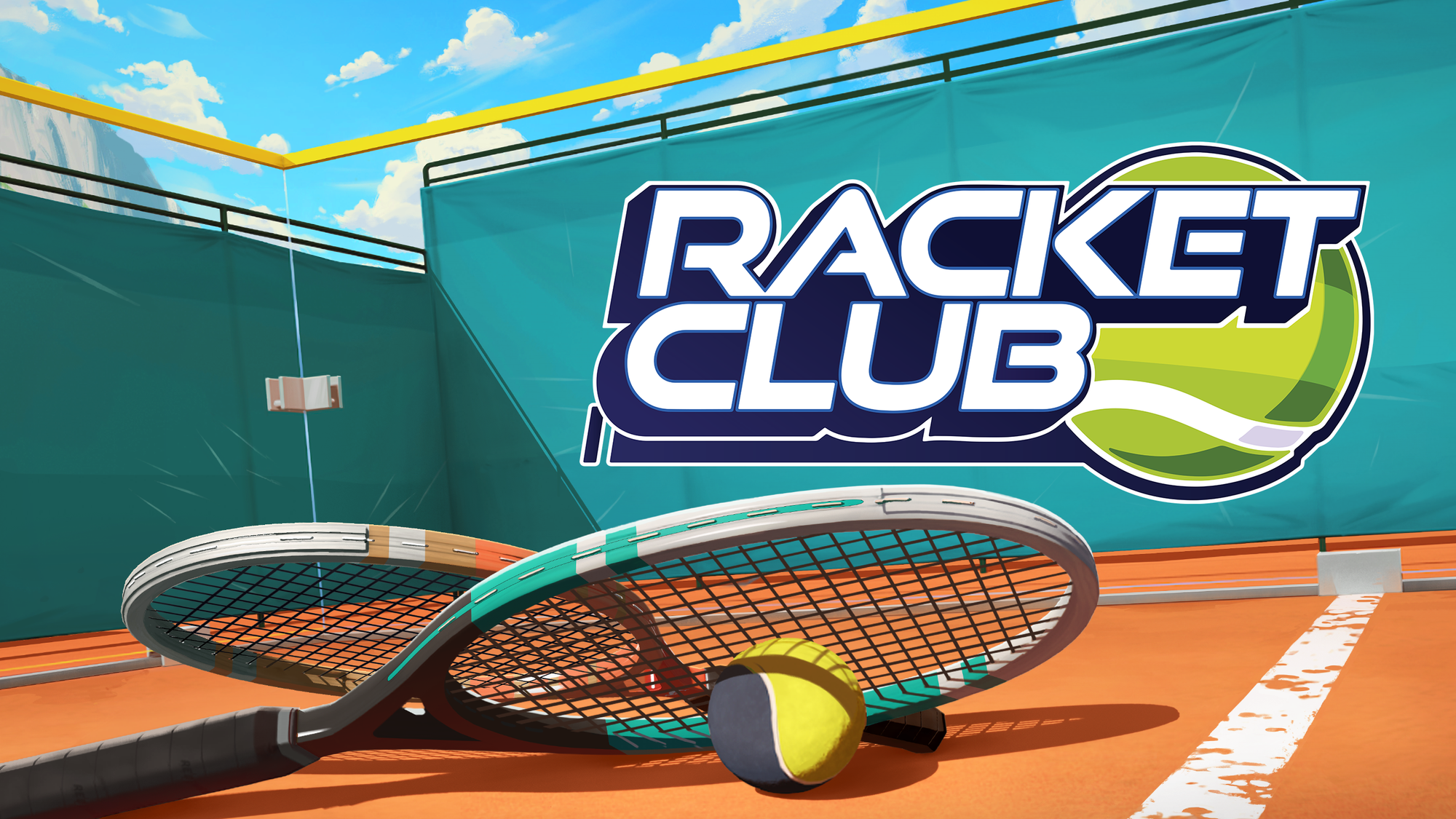Racket Club brings a unique spin on racket sports with a multiplayer arcade game. Available this week on most major VR platforms, read on for our full review:
There’s considerable competition for VR tennis, but Racket Club is the best attempt I’ve seen yet. Rather than directly adapting the popular sport like First Person Tennis, Tennis League VR or Tennis-On-Court, Racket Club takes several creative liberties by mixing in elements of pickleball and squash. The result is something familiar yet refreshingly different, feeling well suited for VR.
Resolution describes Racket Club as an “all-new sport,” and it’s not hard to see why. Using smaller 1v1 and 2v2 courts than tennis offers, each side is surrounded by transparent walls with a gap area around the net. This creates interesting strategies beyond straight shooting, letting you use these walls for new angles to throw off your opponents.
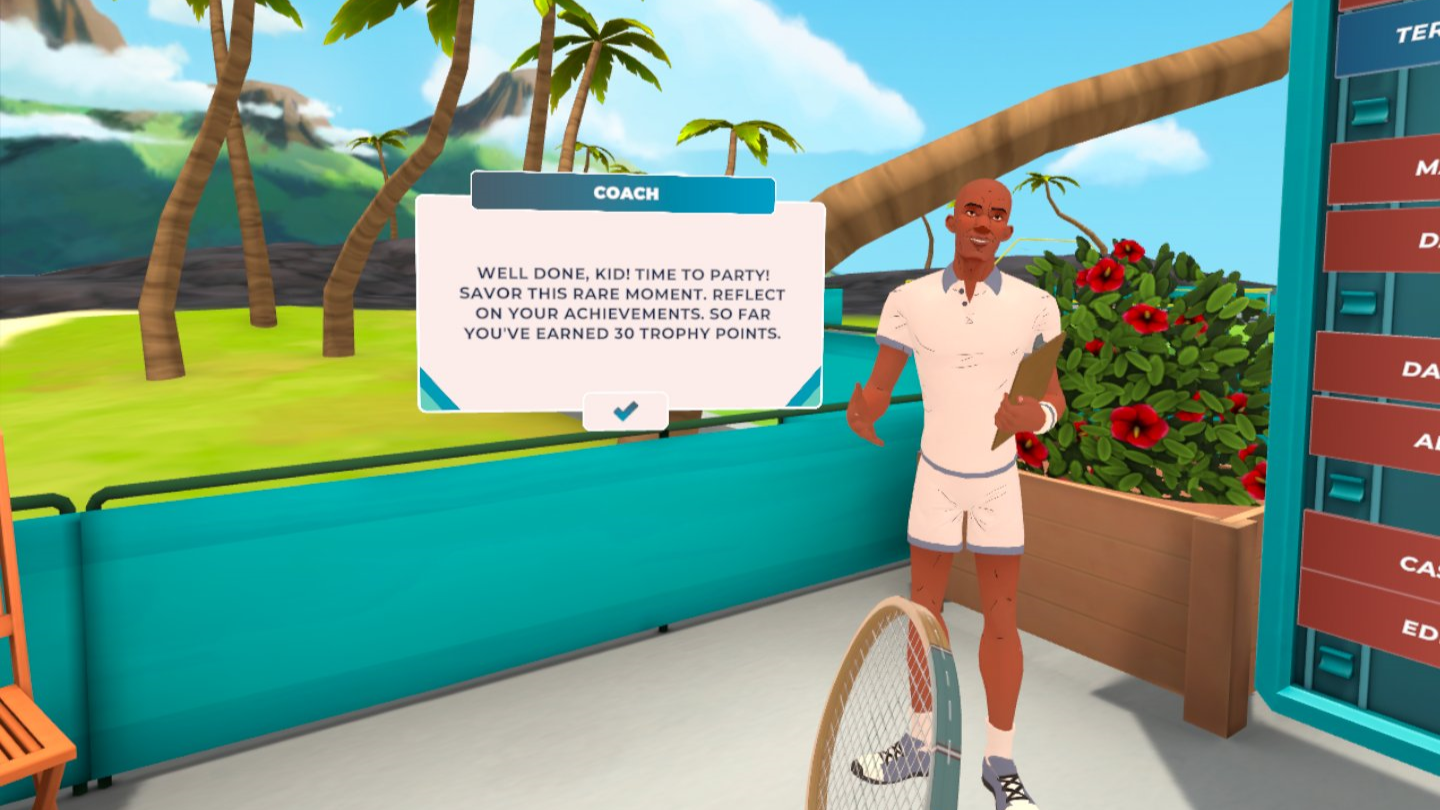
What’s immediately apparent is how Racket Club values finesse and precision over power. Initial serves must be carried out below net height, so no overhead smashes are allowed. Penalties are incurred if the ball bounces twice in the gap area or touches the back wall before bouncing. Mindlessly smacking the ball rarely goes well; I find myself carefully considering every shot and learning Racket Club’s rules was easy.
There’s a delicate balancing act that slowly turns into risk vs reward. Matches use three sets in a “best of three” format and scoring 11 points wins the set. Quickly scoring only secures one point, but longer rallies gradually award more, capped at an “Ultra Rally” for five points. It’s a great system reflecting the effort you’ve put into securing points, allowing anyone to make a comeback and win. Landing those crucial shots during an Ultra Rally is particularly satisfying.
Finesse doesn’t go far without good controls, and thankfully, Racket Club handles interactions well. Conveying virtual weight is difficult in VR when you can’t feel the physical weight of the objects your controllers pretend to represent, though my serves always seemed to match the power of my swing. Gentle vibrations from the Touch Plus controllers added subtle immersion to each hit.
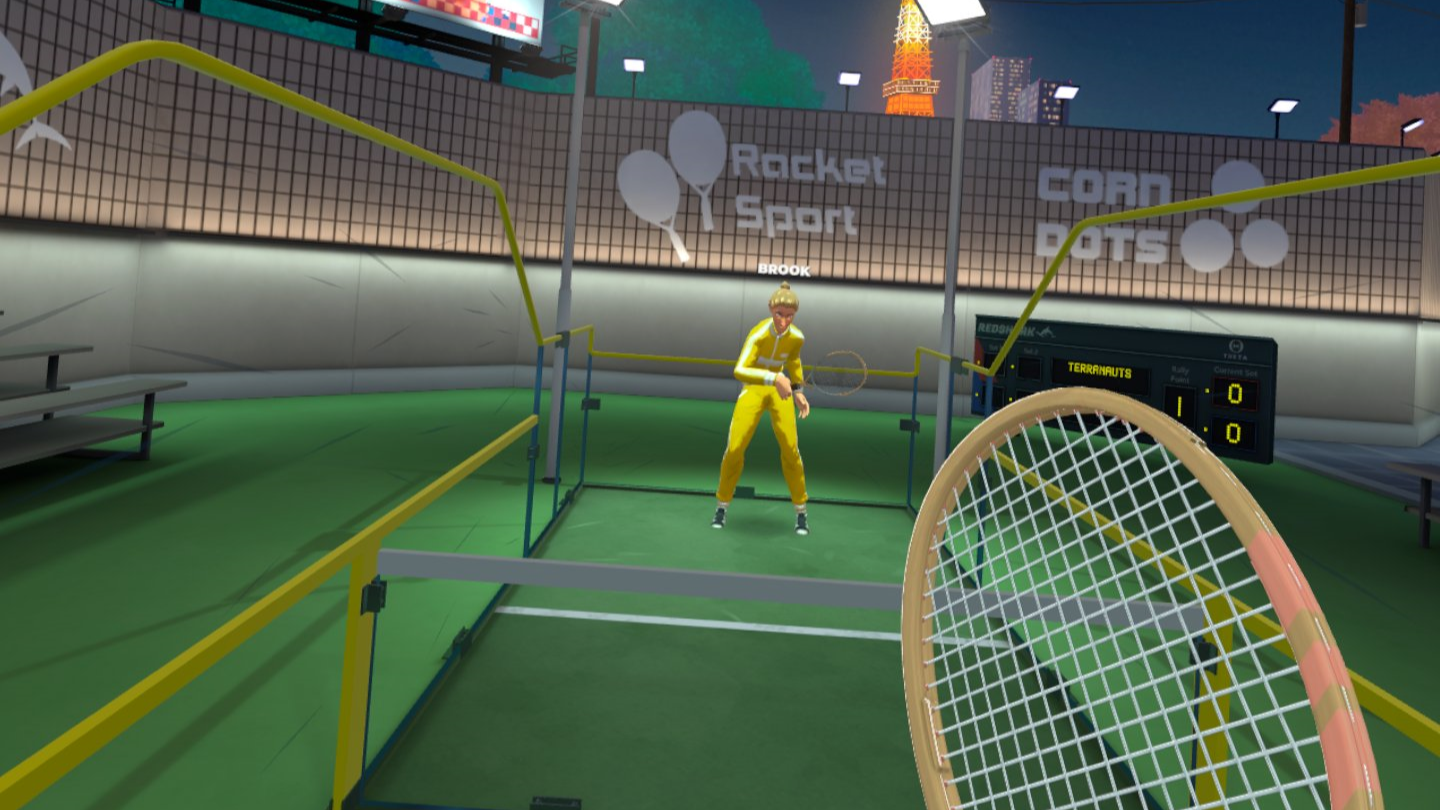
I also appreciate how the minimal UI design plays into VR’s immersive strengths. Match scores are shown through background scoreboards, entering courts is as simple as pointing and clicking on doors, and starting matches is signaled through a thumbs-up gesture. There’s no significant friction and you can enter games less than a minute after booting it up, making it easy to get into Racket Club.
That greatly benefits the social sports club mentality Resolution’s pushing. Even pre-release, I could feel an almost surprising sense of community while exploring. Seeing familiar faces practicing on the courts, waving to them from afar or just having a quick chat felt nice. Being able to go online, enjoy a few rounds, and head out with minimal fuss is excellent.
It’s not an entirely social experience, though. Beyond practice mode and training drills, Racket Club contains a solo career mode set across worldwide locations like Colorado, Tokyo and Egypt, putting you in three-round championships against AI rivals. Winning these builds up ‘Trophy Points’ that determine your leaderboard placement and a higher ranking unlocks more tournaments—nice additions for those who’d rather play alone. However, multiplayer is clearly the main focus.
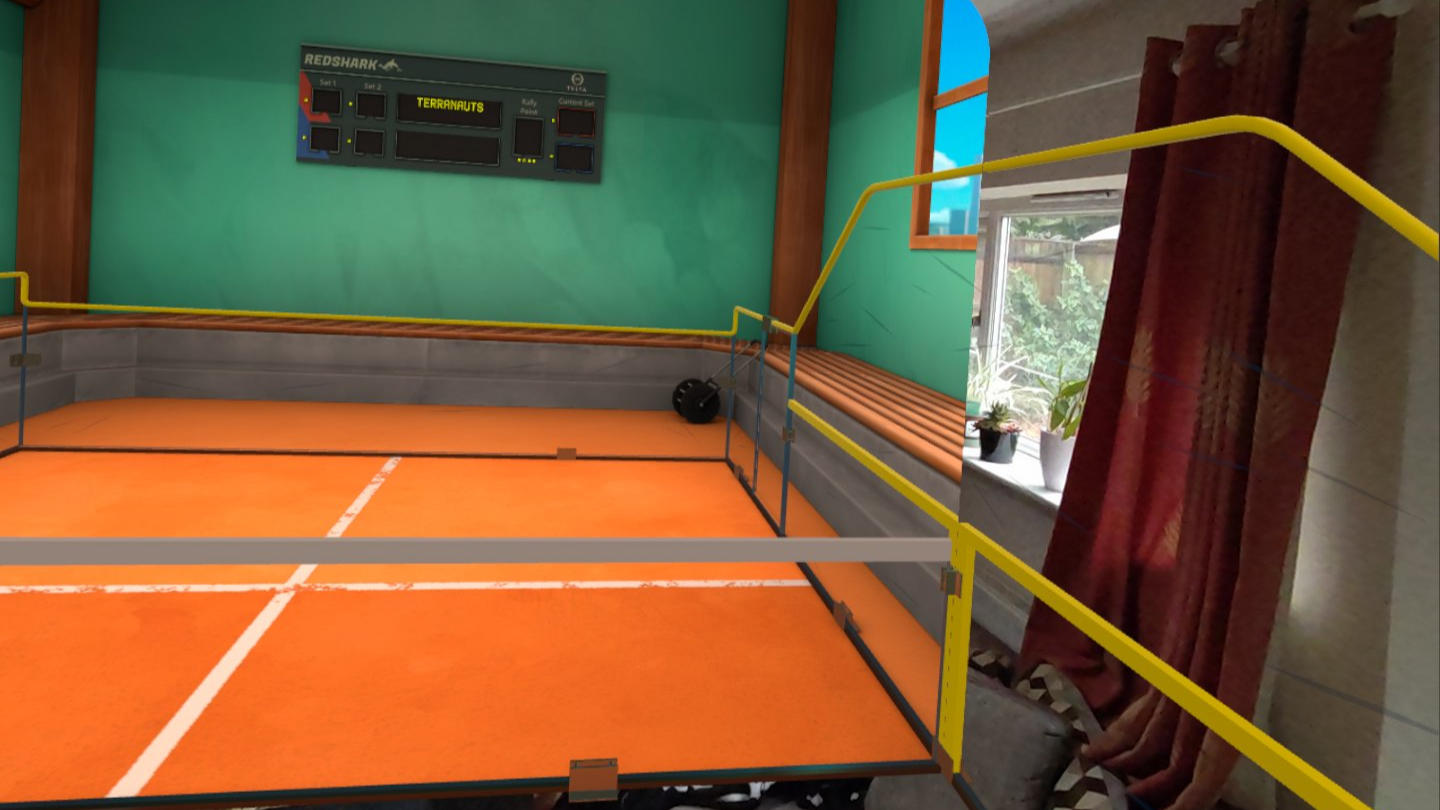
You can also try mixed reality matches, though I’m not convinced the game needs it. All this does is blend the virtual court with your natural environment, keeping your opponent’s side entirely digital with options to adjust the portal depth, height, elevation, and width. While I appreciate the potential benefits MR can offer gaming, Racket Club’s use feels gimmicky and doesn’t blend well with the vibrant cel-shaded presentation.
Comfort
Racket Club doesn’t have many comfort settings, though being stationary during matches means it largely doesn’t need them. Off-court, you can explore your home area and clubs through stick-based artificial locomotion with the left analog stick, or teleportation with the right analog stick. You can also select your dominant hand for holding rackets and calibrate your height.
Racket Club also offers progression rewards as you earn XP through drills, career mode or multiplayer to level up. The extra avatar clothing options add some nice variety, but new rackets go beyond basic cosmetic items. Each racket has different stats for speed, spins and mass. Those stats only improve when you unlock more options, adding a meaningful incentive to keep going.
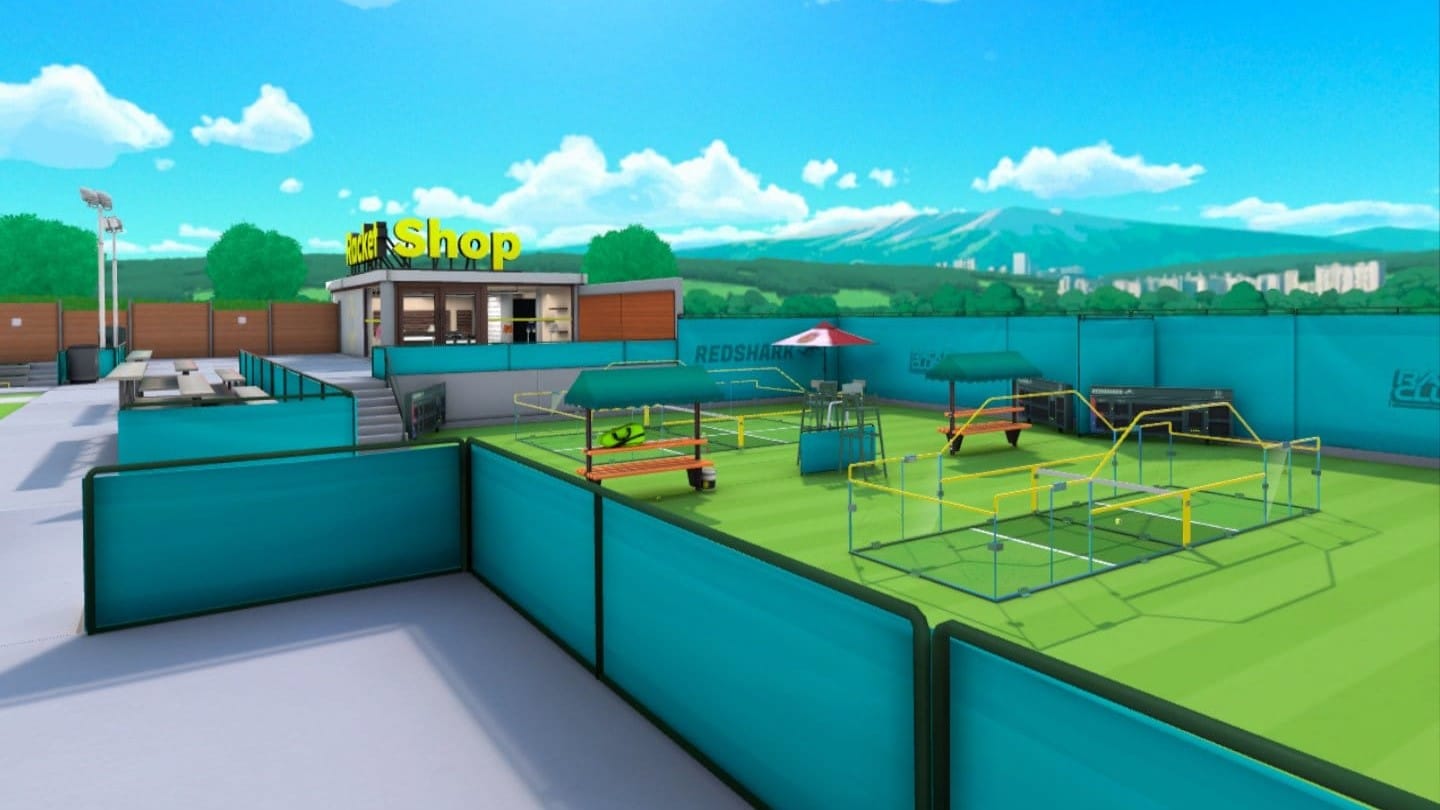
Racket Club Review – Final Thoughts
Racket Club marks another entertaining experience from Resolution Games. By mixing elements of tennis, squash and pickleball, they’ve delivered an original experience that feels refreshing while playing to VR’s immersive strengths. While solo content is limited and mixed reality support feels unnecessary, a highly compelling social multiplayer experience has me coming back for more.

UploadVR uses a 5-Star rating system for our game reviews – you can read a breakdown of each star rating in our review guidelines.
